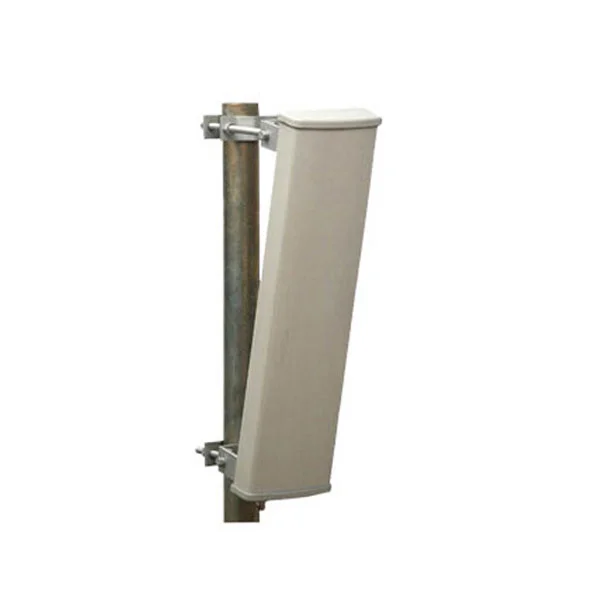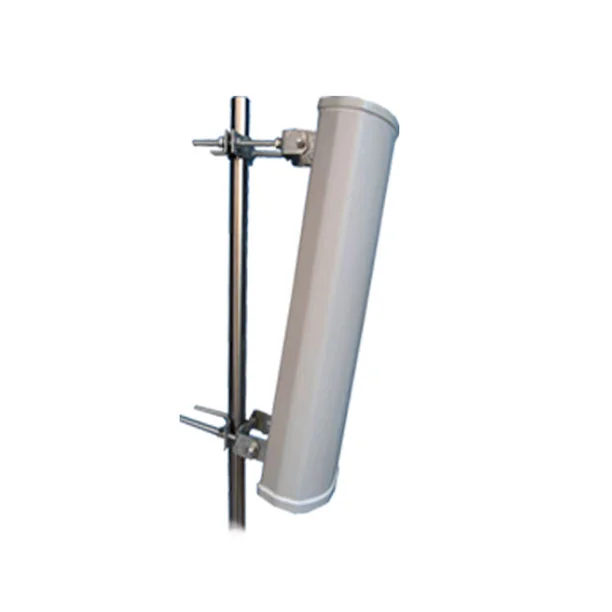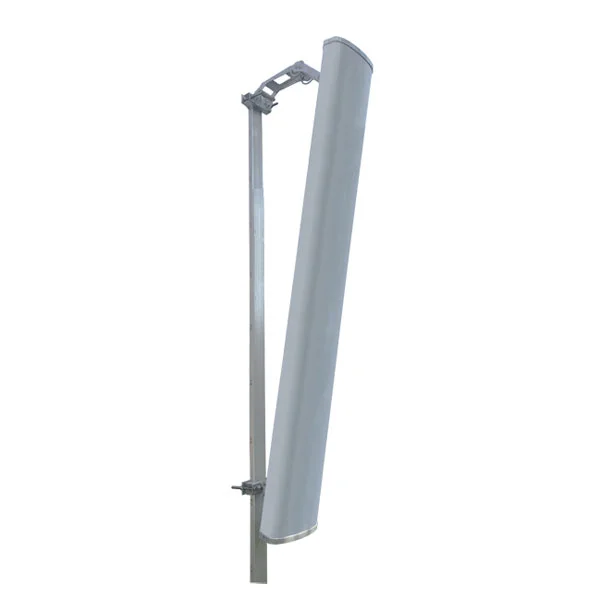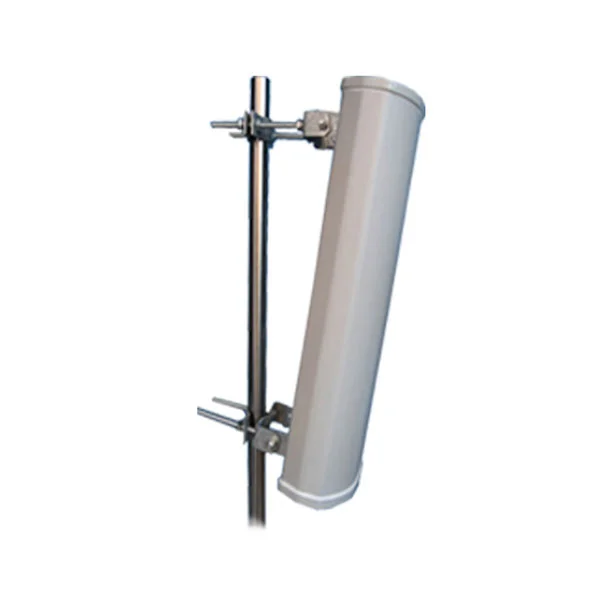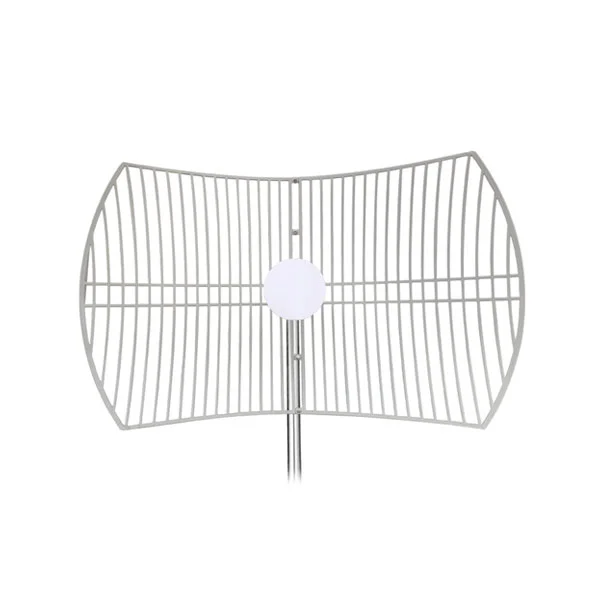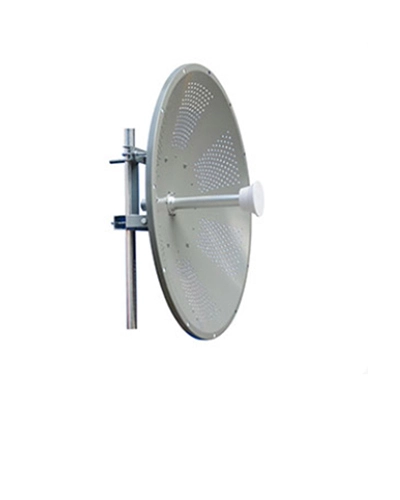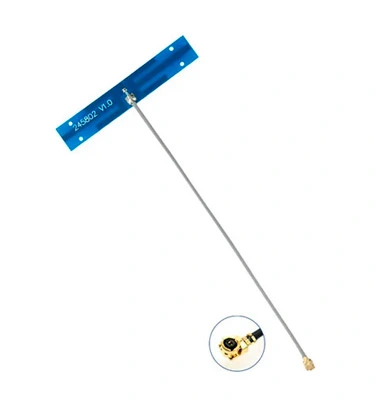
Based on the cellular technology, the Cellular Sector Antennas in Asian Creation are compatible with the advantages of both cellular networks and the sectorial shape. The GSM antenna includes GSM 17dBi Outdoor Sector Long Range Distance Coverage Antenna, GSM 12dBi 120° Sector Antenna Long Range Outdoor Use and other sector antennas, we offer customers with various options and wait for your selecting.
Based on the cellular technology, the Cellular Sector Antennas in Asian Creation are compatible with the advantages of both cellular networks and the sectorial shape. The GSM antenna includes GSM 17dBi Outdoor Sector Long Range Distance Coverage Antenna, GSM 12dBi 120° Sector Antenna Long Range Outdoor Use and other sector antennas, we offer customers with various options and wait for your selecting.
Cellular Multi-band Antennas are antennas that can operate on multiple frequency bands used by leading cellular networks. These external Cellular Multiband Antennas are capable of being used with a variety of devices to provide cellular connectivity and support a range of applications, and can be securely mounted on fixed or mobile structures.
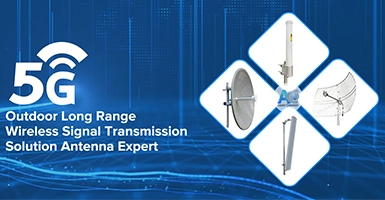

A Cellular Sector Antenna is a good access point antenna. Using Cellular Sector Antennas make it possible to divide the area around a node into several different independent parts. The main advantage of this approach is that the access point node is able to handle more users while providing a stronger signal to the sector.
Cellular Networks: GSM sector antennas are a fundamental component of cellular networks. They are used as base station antennas to provide coverage and capacity in specific sectors, enabling mobile devices to connect to the network for voice and data services.
Urban and Suburban Coverage: In densely populated urban and suburban areas, GSM sector antennas are strategically deployed on cell towers and rooftops to ensure reliable coverage and capacity for a large number of mobile users.
Rural and Remote Areas: GSM sector antennas play a crucial role in extending mobile network coverage to rural and remote areas. They are used to bridge the digital divide by providing connectivity in locations where wired infrastructure may be impractical.
Mobile Network Expansion: When mobile operators expand their networks or deploy additional capacity, GSM sector antennas are installed to cover new areas or enhance coverage in existing locations.
Fixed Wireless Access (FWA): GSM sector antennas are utilized in fixed wireless access deployments to provide high-speed broadband internet to homes and businesses, especially in areas where wired broadband infrastructure is limited.
Public Transportation: In buses, trains, and other public transportation vehicles, GSM sector antennas contribute to providing wireless connectivity for onboard systems, Wi-Fi services, and passenger communication.
Event Venues: Temporary GSM sector antennas are often deployed in event venues such as stadiums and concert halls to handle the increased mobile traffic during events, ensuring a smooth and reliable network experience for attendees.
Emergency Communication: GSM sector antennas are essential for providing reliable communication during emergency situations. They support public safety networks, ensuring that first responders can communicate effectively.
Enterprise Networks: In large enterprises, GSM sector antennas may be used to enhance wireless connectivity within office buildings and campuses. They support mobile devices and ensure reliable communication for employees.
Point-to-Point Backhaul Links: GSM sector antennas can be used for establishing point-to-point backhaul links, connecting different base stations and network elements to ensure robust and high-capacity communication between network components.
Smart Cities: In the context of smart cities, GSM sector antennas are deployed to provide wireless connectivity for various smart infrastructure components, including smart streetlights, environmental sensors, and traffic management systems.

